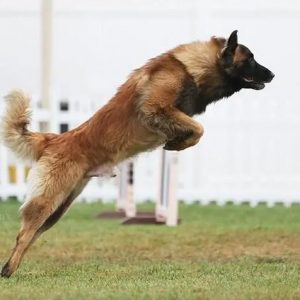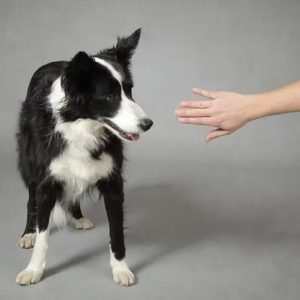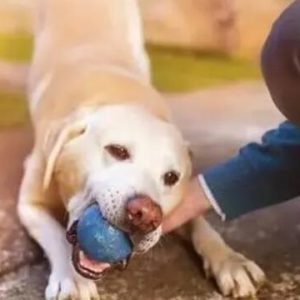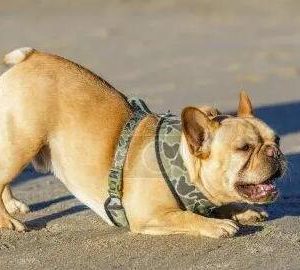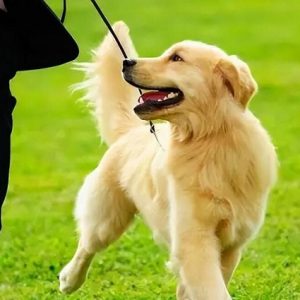The journey from exuberant puppy to a poised and well-mannered dog is one that requires patience, consistency, and a strong foundation in basic commands. At the heart of this transformation lies the sit-stay command, a fundamental skill that not only shapes your dog’s behavior but also prepares them for more advanced training. Here’s a comprehensive guide to help you navigate this pivotal stage of your dog’s development.
The Essence of Sit-Stay
The sit-stay command is a behavioral exercise that teaches your dog to maintain a seated position, keeping all four paws on the ground, even in the face of distractions. This advanced version of the basic “sit” command is essential for establishing obedience and control, whether you’re in a quiet home setting or amidst the bustle of public spaces.
Crafting the Ideal Training Arena
To ensure success, select a training environment free from potential disturbances. Your living room, with its familiar scents and sounds, provides a comforting backdrop. Ensure your dog is neither too full nor too hungry, as this can affect their focus and motivation. High-value treats, coupled with a cherished toy, serve as the currency for positive reinforcement during training sessions.
The Training Sequence
Begin by asking your dog to “sit,” using a voice that’s firm yet gentle. As soon as they comply, issue the “stay” command and immediately reward them with a treat. Repeat the process, gradually extending the duration of the stay. Remember, short and sweet sessions lead to success.
Incorporate a release word or sound, such as “okay!” or a click (if you’re using clicker training), to signify the end of the command. Upon release, reward your dog with a less valuable toy and plenty of verbal praise, reinforcing the idea that compliance leads to reward.
Refining Behavior and Introducing Consequences
Should your dog prematurely break the sit-stay, it’s crucial to communicate the error. Use a phrase like “oops, that wasn’t quite right!” and turn away briefly, denying immediate treats. This approach underscores the importance of maintaining the sit-stay for rewards.
Extending Duration and Withholding Treats
As your dog becomes more adept at the sit-stay, increase the intervals between treat rewards. This teaches them that patience is a virtue and that the wait for treats can be extended, building their self-control.
Introducing Distractions and Increasing Distance
Once your dog has mastered the sit-stay in a controlled setting, it’s time to introduce distractions and practice in new environments. Gradually increase the distance between you and your dog, enhancing their ability to focus and obey commands from a distance.
Mastering the Sit-Stay
With consistent practice and an emphasis on positive reinforcement, your dog will learn to maintain the sit-stay without the immediate prospect of a treat. By transitioning to intermittent reward systems, your dog will understand that compliance is its own reward, with occasional bonus treats for exceptional behavior.
In conclusion, the sit-stay command is a cornerstone of canine etiquette, laying the groundwork for a disciplined and well-trained adult dog. With dedication, patience, and a commitment to positive reinforcement, you’ll soon have a composed and obedient companion by your side.
